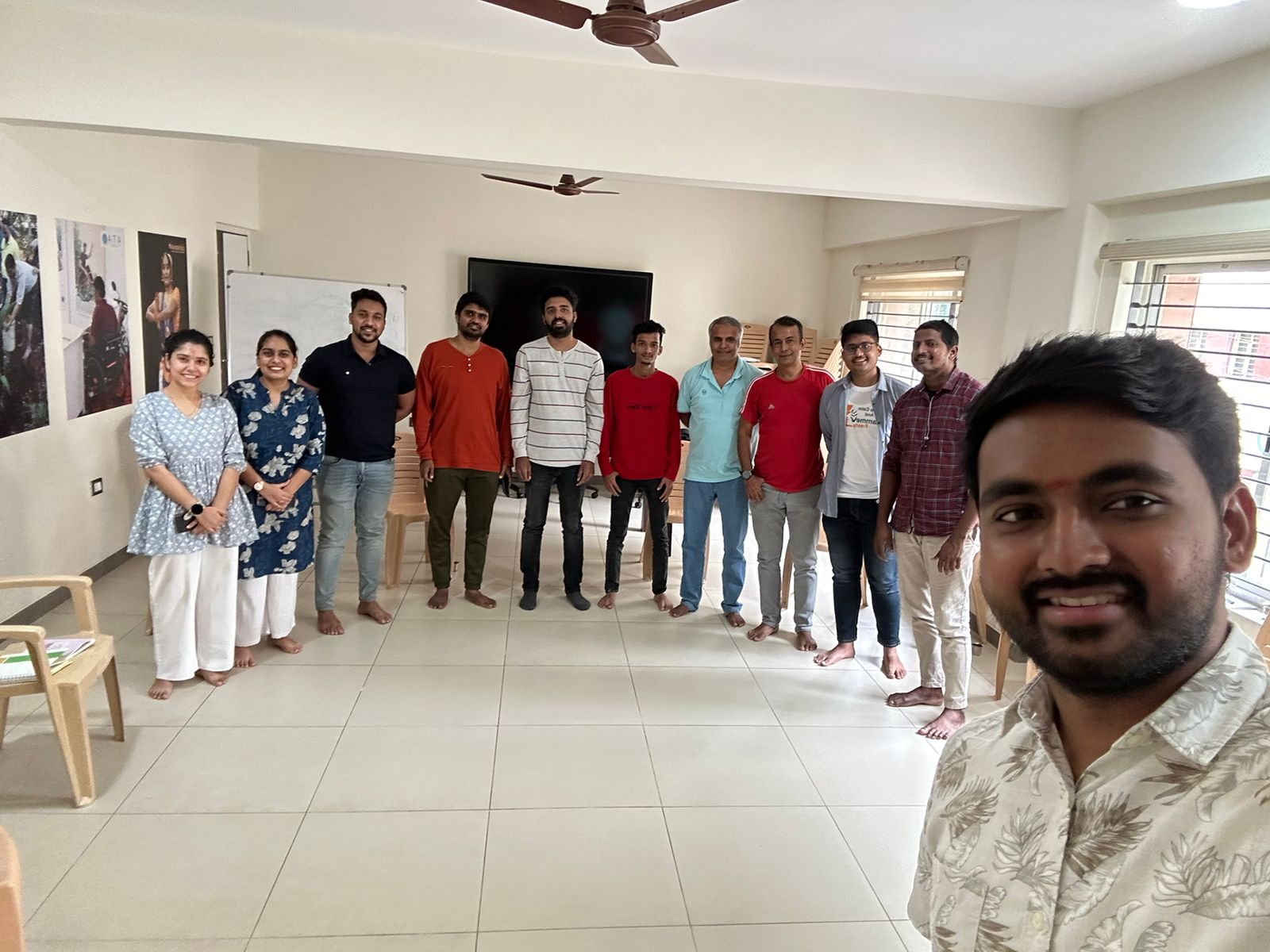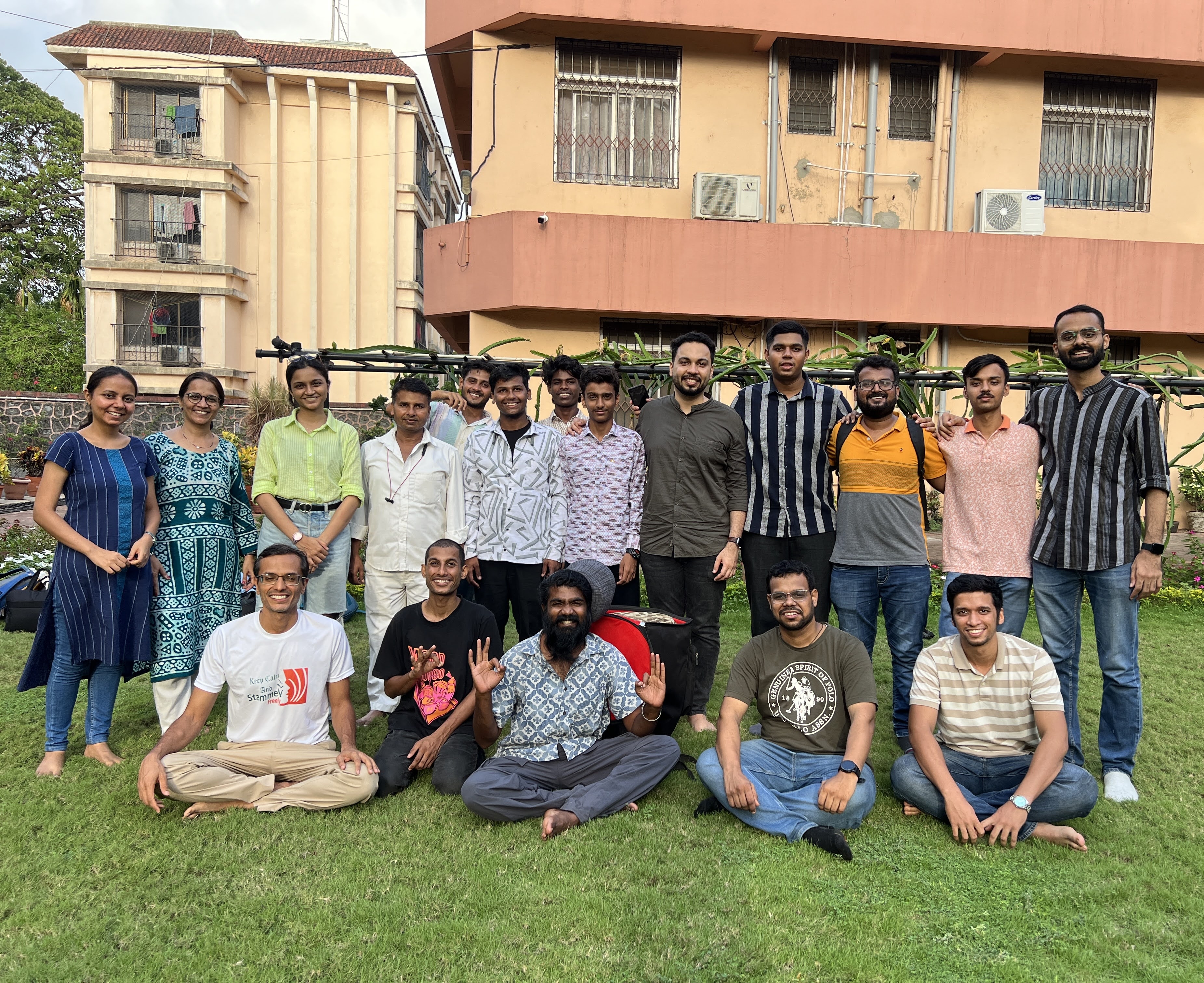
Have you ever seen a Person Who Stammers (PWS), from outside you might feel weird about them, but for PWS, the feeling is equal to hell, while being in a block, from the top of their hairline to the bottom of their toes, they froze. And they have no idea what is going on with them, and above that those staring and questionable eyes from strangers, gives them a strange feeling.
But the good news is that stammering can be reduced a lot through lots and lots of practice.
People Who Stammer (PWS) are just 1% of the world population, stammering is very common within children, many overcome it, and a few are not just lucky enough to overcome it.
The reasons behind stammering:
The question, “What causes stuttering” has been asked for hundreds of years. Although there are no conclusive answers, current thinking on this topic has identified several contributing factors. Also, the question itself is complicated for the following reason: “What causes stuttering among children” is a different question than “What causes stuttering among adults?” This is because when we continue to stutter through childhood, adolescence, and adulthood, we are changing our brains through the experience of stuttering.
So, let’s take each question separately.
What causes stuttering among children?
Currently, research on this topic suggests that there are many factors that contribute to stuttering among children.
Biological factors: Many studies show that stuttering is genetic. It runs in families. Many children who stutter have close relatives who stutter (father or mother or siblings). Also, recent brain scans of children who stutter (CWS) show some early brain differences between such children and those who do not stutter. These differences continue to be present among children who do not recover from stuttering. To say this in a simpler way: CWS may be “wired differently for speech.”
Developmental factors: Stuttering emerges among children, typically between ages 2 and 5, when there is rapid development in language and other abilities. Most children during this time period show some disfluencies when they talk. Just like children fall when they are trying to walk for the first few times, they also “stumble” when trying to put words together.
Environmental factors: When children begin stuttering, their environment plays a big role in how they experience it. If children are made to feel bad because they stutter, then they learn to think about stuttering as something that is negative or abnormal. Also, whatever stuttering they experience can get more tense and frequent when they feel the time pressure to push their words out.
Personal factors: CWS experience stuttering differently based on their temperament. Children who are bothered by it may feel more frustration when they stutter than those who are less sensitive. For some children, even mild stuttering can cause a lot of frustration and fear; for others, even heavy stuttering may not bother them much.
According to current thinking, these factors are like “bricks.” The same bricks can be put together in one way for one child and differently for another child. For example, consider a 3-year old child whose father or mother also stutters (biological factor) and whose home environment is fast-paced so that her parents or siblings talk over her when she stutters (environmental factor). We can see that the first two “bricks” are stacked against this child. However, if this child has well developed language abilities (developmental factor)–so she has the capacity to say what she wants to say–and isn’t bothered by her stuttering (personal factor), then she may not experience her stuttering negatively. As a result, she may grow out of it as most children do. Another child who has the same biological and environmental factors but who has more limited vocabulary and grammar (developmental factor) will likely struggle to communicate for those reasons as well. At the same time, if she also has a sensitive temperament, then she may notice her stuttering easily and how listeners react to it. She may begin responding to the stuttering by pushing out the words and feeling frustrated when she stutters. Research suggests that children who have that factor “profile” are less likely to grow out of stuttering.
What causes stuttering among adults?
As we continue to stutter through our school, college, or work years, our stuttering patterns get more established. Through the years we learn to respond to our stuttering moments by pushing out the words and avoidance behaviors–switching words that give us difficulty or avoiding situations or people where we are likely to experience stuttering. Our “stuttering icebergs” begin to take shape.
Neurological research, particularly brain imaging studies, show that the brains of PWS are wired a bit differently.
Our brain is divided into two parts: Left Hemisphere & Right Hemisphere.
The left hemisphere controls the right side of our body and vice versa.
The left hemisphere is also responsible for managing and coordinating the activities related to speaking. To utter a single word, more than 100 muscles take part and thousands of neurons are fired up from our neurological system. For both right-handed and left-handed people, the left hemisphere largely supports speech production.
But in the case of PWS, the right Hemisphere is more dominant than the left hemisphere while speaking. Recent studies show that even among CWS the transmission of signals that make speech possible is slower in their left hemisphere than it is in the right hemisphere. Such left brain and right brain differences in structure and function continue as PWS age through the years.
We don’t yet know why that is. . . is it because, as children, our right hemispheres were more dominant than the left for speaking functions? Or is it because our right hemisphere became more active to compensate for the underactivity in our left hemisphere?
The point is: relative to the left hemisphere, the right hemisphere struggles a bit when coordinating the muscles involved in speech. That may be one of the reasons why we stutter when we speak but not while singing, which requires more right hemisphere activation. And when we are tired or don’t get enough sleep, our brains find it even harder to coordinate the various muscles involved in speech.
We are just built that way. It is not our fault. Just like other people who are built differently so they may experience more difficulties in reading or maintaining attention; stuttering is another such neurotype. If you are not a PWS, then it is also not your fault that you underestimate PWS: you may have little exposure to PWS; and media portrayals of stuttering that you may have seen in Bollywood movies generally present PWS as weak individuals who are made fun of. So, let’s explore some common myths about PWS
Common myths about PWS
- PWS are not smart
- PWS are not confident enough
- PWS are light-hearted.
- PWS don’t have good communication skills (Communication skills on judged on content, not on fluency)
- People stammer when they were forced to shift from left-handed to right-handed.
- Stammering is a psychological disorder
- PWS are shy and self-conscious.
How can you help a Person Who Stammer (PWS)?
I hear this question from many people. They think that completing our sentences is the best way to help us. But in reality it tends to make us angry and insulted. We are competent and capable enough to speak for ourselves.
Secondly, please develop some patience while dealing with PWS.
A Note to all PWS
Stammering is not curable, but it is manageable to a large extent. I have been in contact with many PWS who are industry experts, successful entrepreneurs, bankers, engineers, artists and even successful sales and marketing personnel.
You just need to have a little patience, a pinch of will and a lot of practice.
Don’t feel ashamed to ask for help, asking for help is one of the bravest things you can do. And if you feel that stammering suits your style then you are already at a higher level of wisdom because speech assimilation is an ongoing cultural process in which we are shamed and subtly forced to conform with dominant speech patterns.
I am very grateful to Dr Amit Bajaj, (Technical Advisor – TISA) and Dr Satyendra Srivastava, (Founder & Senior Advisor- TISA) for conducting MOOC-2, due to which I was able to learn so much about myself and my stammering mindset.





